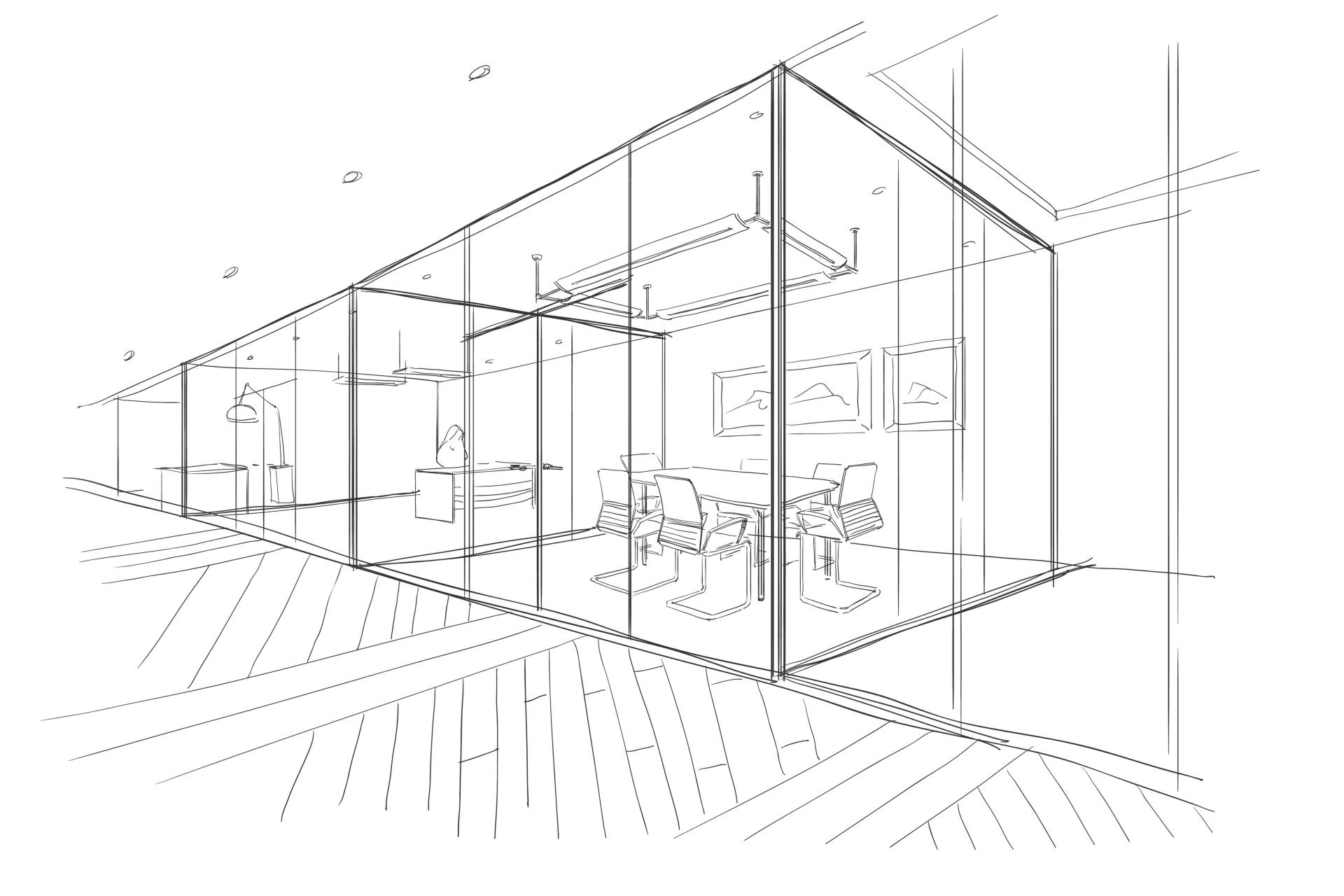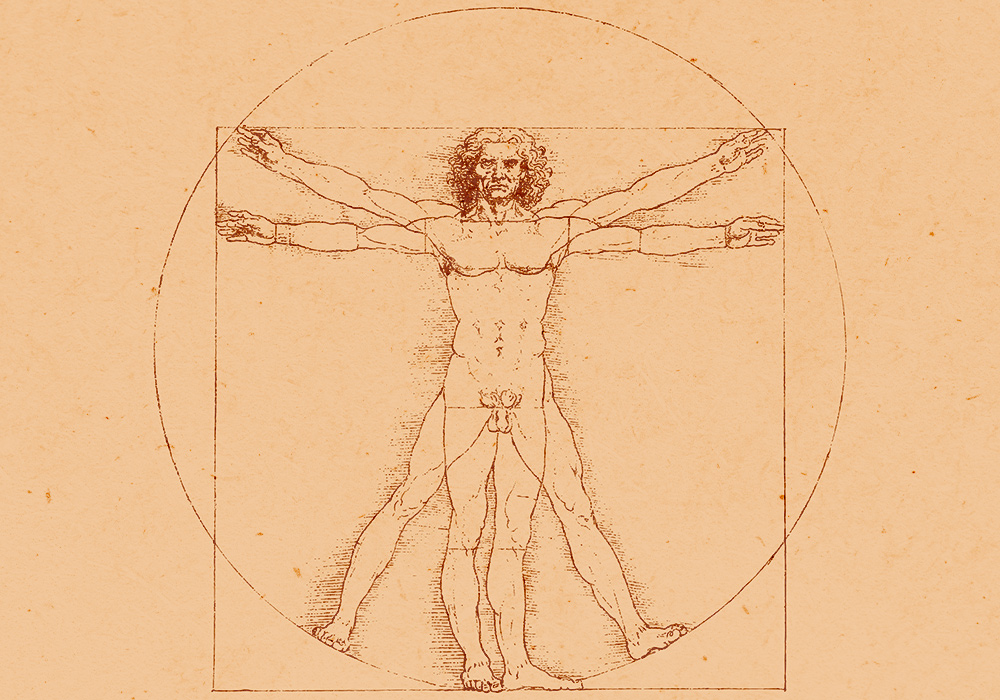In fact, for some organisations it’s essential to offer beautiful products —we could think of some brands of cars, minor household appliances, or mobile phones.
Beauty can also be managed in services, either by taking care of the physical environment where such services are offered, but also with the tone in which the service is offered, for instance.
According to experts, aesthetics can also be present in the organisational culture itself, which can range from neatness in internal communications, as well as in all reports and presentations that are generated.
Beauty can also be managed in all public and private events organised by the company. Therefore, there’s a management of beauty that permeates culture, and at the same time culture itself entails an aesthetic.
The three main lines of research in the field of organisational aesthetics
Research on organisational aesthetics is in its infancy. Baldessarelli and his colleagues decided relatively recently to review everything published in this field and to synthesise the results. To do so, they reviewed articles on organisational aesthetics published between 1980 and 2021.
With a final selection of 177 articles published in the best management journals and book chapters, they came to the conclusion that studies of organisational aesthetics have been divided into three broad themes, which could be summarised as follows:
Aesthetics as a stimulus
In this area of research, everything related to aesthetics as a trigger for new individual or collective behaviour has been studied. A classic example concerning employees is how a new office layout changes their well-being.
An example concerning shoppers is how they associate objects perceived as more harmonious with higher quality, based on an actual study with digital cameras and electric kettles. Those products rated as more harmonious by the participants were also perceived to be of higher quality.

